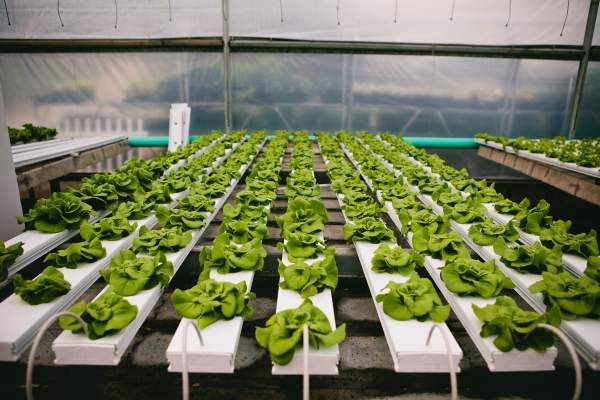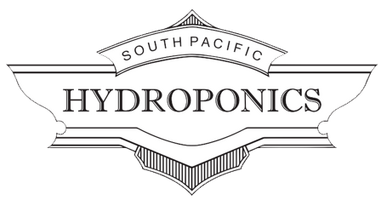*** Order Online Now for Home Delivery or Click & Collect... ***
NFT 3 Channel System Package
$318.18
Loyalty
Buy and earn $1.75 Loyalty for your next purchaseLoyalty is a discount program that lets you buy products and earn points to redeem on your next purchase. Your Loyalty balance is updated when you pay online or in-store. The Loyalty amount shown on this page can be recalculated at the checkout.
Size
Please choose
Save this product for later
NFT 3 Channel System Package
Product Details
Brand: South Pacific
The Channel System or Nutrient Film Technique is an easy and quick way to grow plants hydroponically. It was one of the first studied techniques of soilless crop production and is very widely used today. The channels are best suited to growing small to medium plants, for example lettuce, strawberry, leafy herbs, silver beet, flowers etc. The following is a brief outline to using the system, but the system is versatile so feel free to experiment.
Included in system package:
- Pump
- Irrigation
- NFT Cups / Pots
- Perlite
- Nutrients to suit
- Reservoir
- PHTest Kit
- Stand
- The system consists of plastic channels placed on an aluminum stand (slightly sloping, usually about 1:40). The channels will drain into a reservoir at the low end of the system. The reservoir is usually a 40 –70l plastic tub, which is sufficient for up to 20 small plants. The nutrient is dissolved in water from a concentrated pack and placed in the reservoir. It is most accurate if you use a bucket of known size and fill the reservoir a bucket at a time. The dosage of concentrated nutrient per litre of water depends on the brand and is best read from the back of the packet. Rules of thumb- seedlings are given ½ the dosage of adult plants and small leafy plants are given ½ of what is termed full strength nutrient, small fruiting plants like strawberries are given ¾ strength when mature. Tomatoes, cucumbers, eggplants and other strong feeders would take full strength nutrient.
- Plastic cups filled with perlite (p500 grade) or Rockwool cubes are placed in the holes in the channel lid. There is usually a hole every 15 – 30cm or so. If using the plastic cups it is usual that a seedling is transplanted into the cup and perlite before placing in the system. The seedling could have been propagated in a small Rockwool cube, some perlite, peat or coco peat, or even soil.
- The system uses a small submersible water pump to deliver water/nutrient to the top end of the channel. Most of the time the pump is a resin encased 240V fully submersible, and is placed on the bottom of the reservoir. The outlet of the pump needs to be connected to the irrigation tubing which exits out of the top of the reservoir and travels to the top end of the channel. The pump needs to run continuously when there are plants in the system, and should never be allowed to run dry – it will stop working and your plants will die soon after.
- If the climate dictates that the water temperature in the reservoir is below 20 degrees Celsius than you should place a submersible water heater in the reservoir. The heater needs to be remained submerged at all times, and it is not recommended that cold water is poured over a hot heater because they are usually made of glass and crack easily. A water temperature for most plants is about 24 degrees Celsius.
- An air stone can be placed in the reservoir to aerate the solution which helps keep it fresh and facilitates in the uptake of nutrients by the roots. It usually runs all the time. It should be noted that the air pump itself is not submersible; it sits outside the reservoir and delivers air to the air-stone via the clear 4mm tubing.
- The solution needs to be kept “balanced” nutritional wise and should be replaced or “dumped” every 2 –4 weeks. Even weekly if it is a highly productive garden, the frequency depends on the ratio of plants to litres.This helps keep the pH in the desired range (5.8 – 6.8) and stops any build-up of un-eaten nutrients.
Display prices in:AUD

